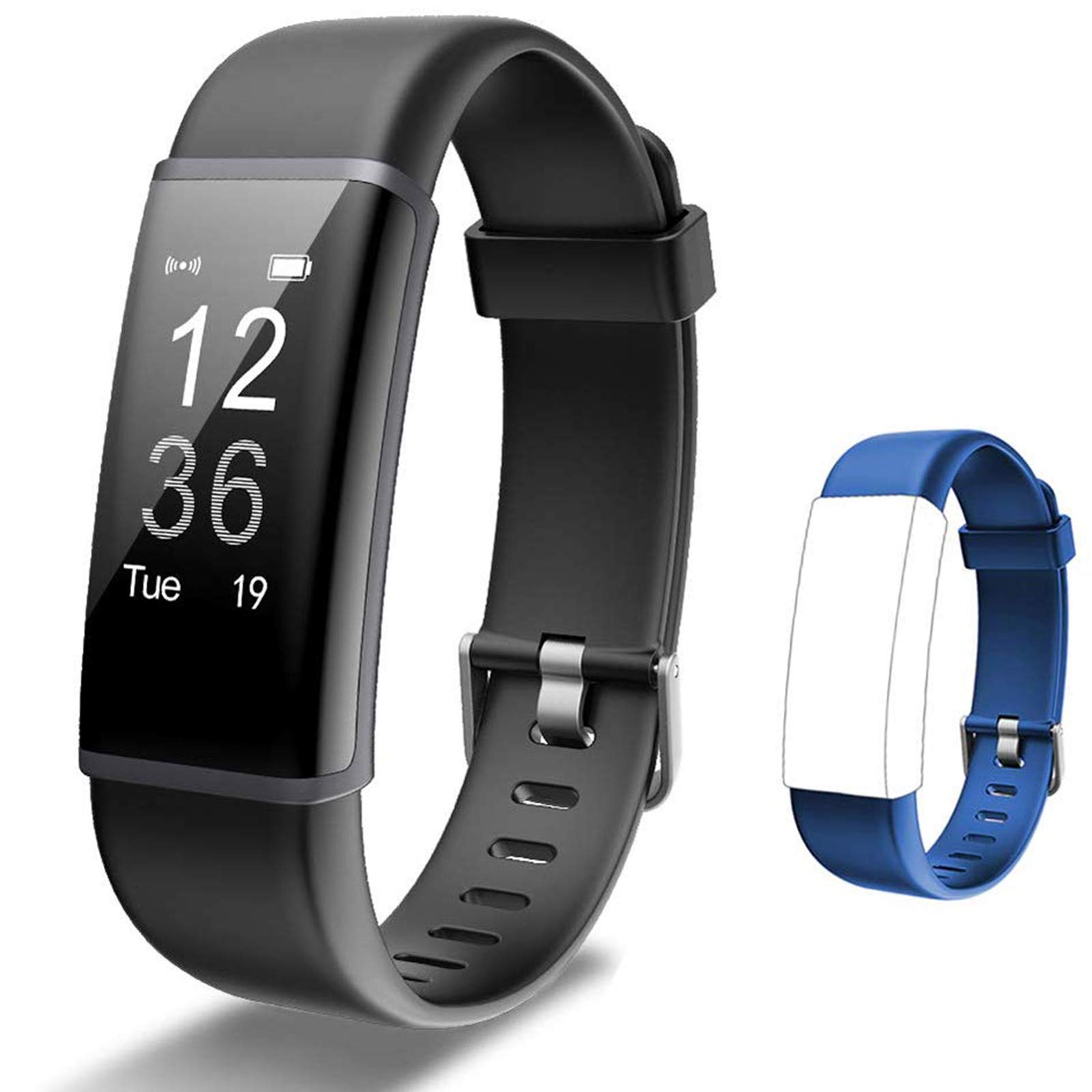
Two of the seven models we tested, however, lack GPS or cellular capability or both, and we can’t recommend either as a result, even though they can cost less than other models.
#ACTIVITY TRACKER FULL#
You can read about recommended models below, and also check out our full ratings.īut first, a few important things to keep in mind:Īs their ratings indicate, all five of the trackers that use a combination of GPS and cellular service- Cube GPS Real Time, Fi Series 2, Link Smart Pet Wearable, Tractive GPS Dog LTE, and Whistle Go Explore-do a very good job (if not perfect, as noted below) at their core function: locating and tracking your pet from afar. While my conclusions largely mirrored those of CR’s test team, I noticed some nuances that might make one of them better suited to you and your pup’s needs. To add a layer of real-world insight, I also spent several weeks using the same seven devices to track Luna as she went about her daily routine, including tracking her movements in both default and “lost dog” modes as family members walked her around my neighborhood. For each model, they tested tracking ability, evaluated ease of use (including how easy they are to charge and attach to a dog’s collar), and ease of setup (including installing and connecting the app).
The CR lab team performed formal evaluations of seven popular pet trackers. Sheepadoodles require a lot of activity, so these features were especially appealing to my family: It’s nice to know if we’d managed to get Luna enough exercise on any given day, or if we hadn’t and needed to extend her last walk of the day. Most of the devices also serve as a fitness tracker for your pooch, helping you set daily exercise goals based on their breed, weight, and age, and letting you know how many steps, miles, or active minutes your dog is getting each day and over time. Some also let you designate danger zones and alert you if your dog is approaching a busy street, say, or a body of water. Most GPS pet trackers also allow you to create a safe zone around your home-defined either by being close enough to still be connected to your WiFi, or by staying within a geofence that you demarcate on a map-and then alert you if your dog leaves that zone. By contrast, a GPS pet tracker enables you to actively track a missing pet in real time with a high degree of accuracy.


Microchips rely on someone finding your pet, “reading” it with a specialized electronic tool, and then contacting you. These devices are very different from the small microchip identification tags that many dogs have implanted beneath their skin.


 0 kommentar(er)
0 kommentar(er)
